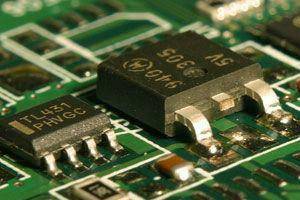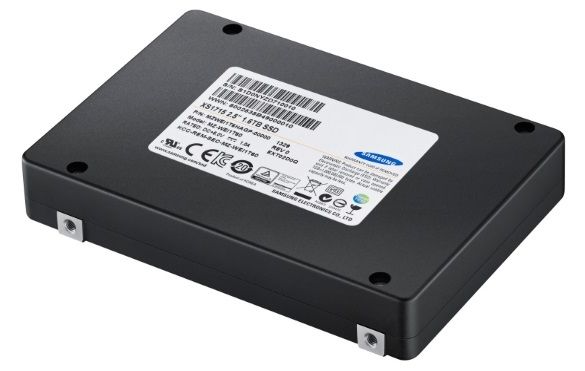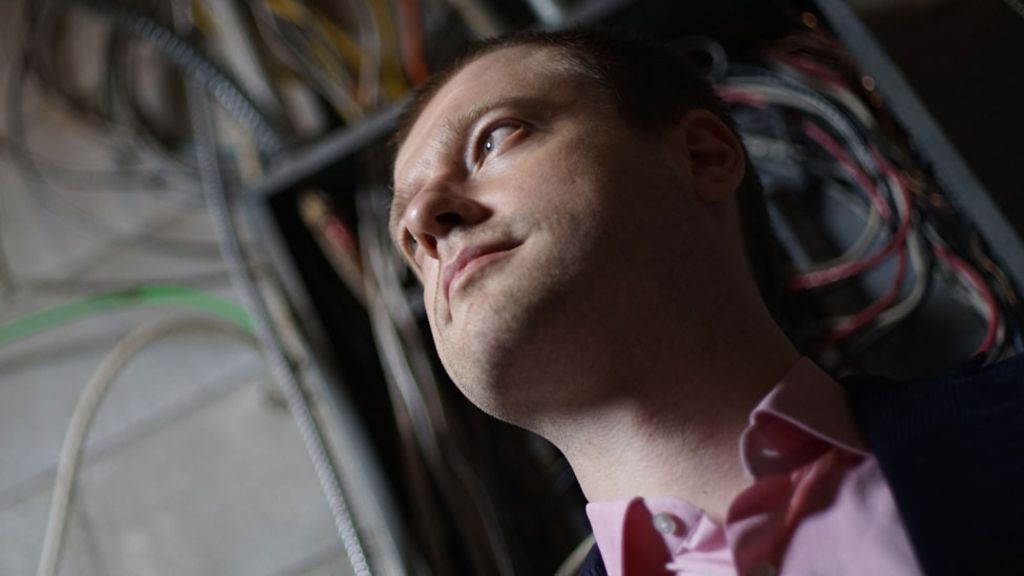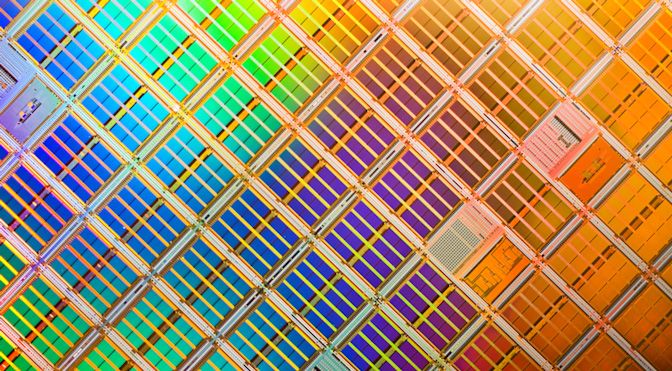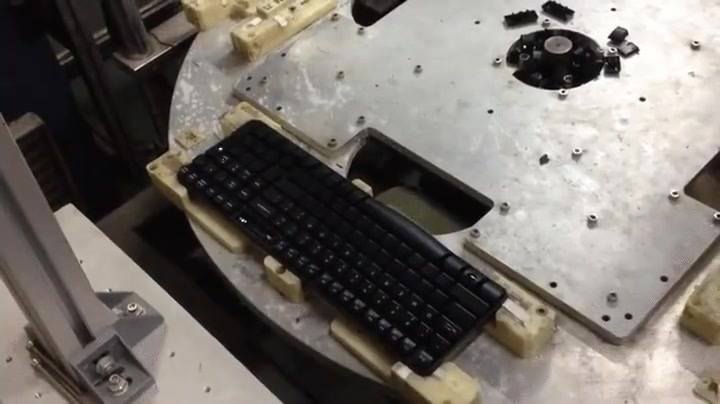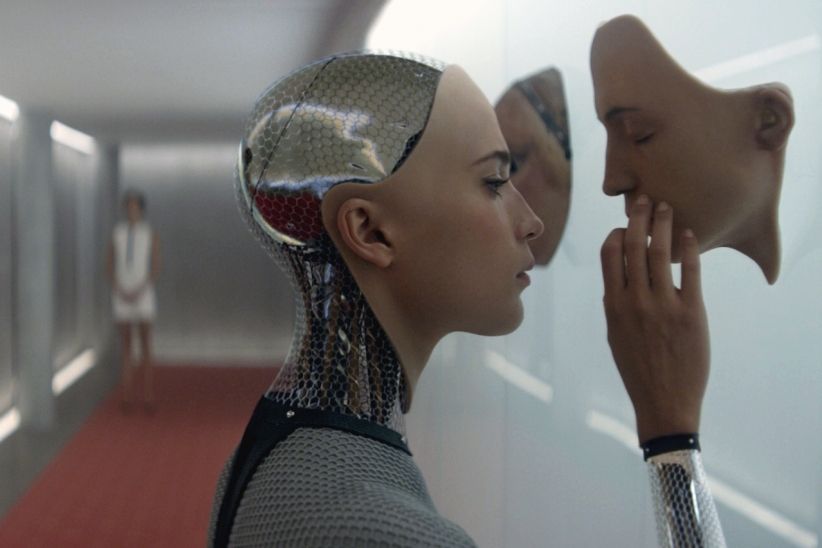Mar 14, 2016
‘DNA origami‘ paves way for faster, cheaper computer chips
Posted by Karen Hurst in categories: computing, electronics, nanotechnology
Scientists has opened a door to faster, cheaper computer chips with the help of ‘DNA origami.’ “We would like to use DNA’s very small size, base-pairing capabilities and ability to self-assemble, and direct it to make nanoscale structures that could be used for electronics,” Adam T. Woolley said.
